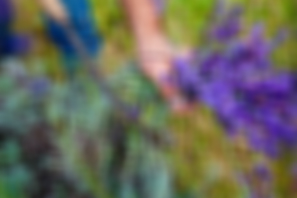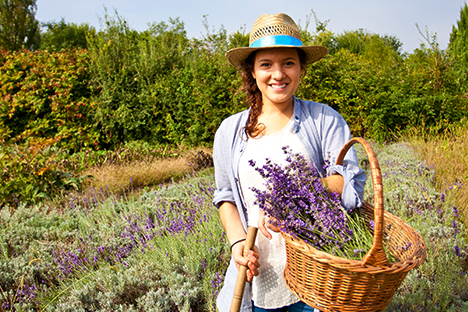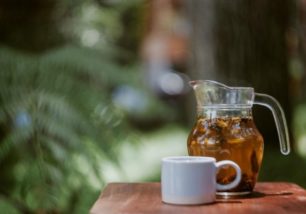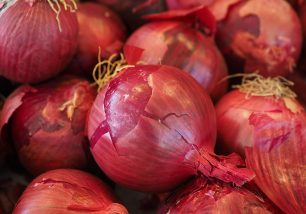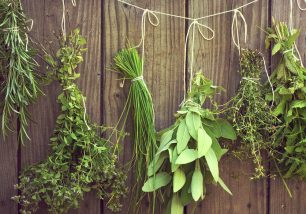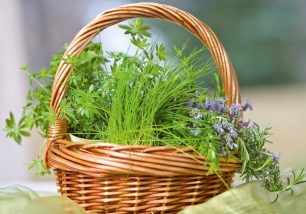HERBAL TEAS, INFUSIONS AND DECOCTIONS: THE DIFFERENCES AND METHODS OF PREPARATION
decoctiondried plantdryingextractiongrindinginfusiontea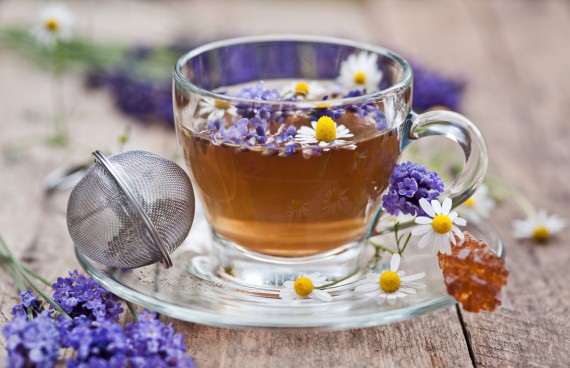
Herbal teas are herbal products based on water and medicinal plants. They belong to the category of plant extracts called hydrolytes or plant extracts dried by means of water.
Until a hundred years ago, herbal teas were the main means of administering plants in order to obtain a certain healing effect.
In Italy the name Tisana means a mixture of shredded plants (in cut herbal tea) and dried which are mixed according to the principles of synergy between the effects of each single herb.
RULES FOR THE BASIC COMPOSITION OF AN HERBAL TEA
Although in the common conception, herbal tea means a simple hot drink to taste, in reality it is in all respects a real herbal preparation in which the active ingredients, contained in dried plants, are extracted by means of water. Herbs moreover are not associated only on the basis of taste but first of all following a pattern very precise.
- 1 to 3 plants form the basic Remedy (Remedium cardinale – 60%), and are responsible for the main effect of the herbal tea.
- 1-2 plants such as Additives (Adjuvans – 20%) or those plants that support and strengthen the action of the basic remedy thanks to a synergistic action or that favor the absorption of the active ingredients.
- 1 plant as a Complement (Constituens – 10%) which is added to make a pleasant mixture also from a visual point of view, like the color. Two examples are the Hibiscus and Rosehip berries that give the herbal tea a nice color of intense red.
- 1 plant as Corrector (Corrigens – 10%) which improves the flavor and smell of the herbal tea. The main flavor correctors are Liquorice, Mint, Anise and Fennel.
In order to prepare a correct herbal tea, other factors must also be taken into account:
- Homogeneity: always associate parts of homogeneous plants in terms of hardness and delicacy (associate roots with bark and flowers with leaves; never associate flowers and roots because they require different methods of preparation).
- Synergistic effects: the synergy and antagonism of the effects and therefore never associate two plants with opposite effect.
- A good herbal tea contains no more than 5-6 plants in order to guarantee a targeted action for the effect you want to achieve.
PREPARATION METHODS
There are four main methods of preparing hydrolytes: maceration, digestion, infusion and decoction.
Although maceration and digestion are still used today, we will focus more on infusion and decoction as the most common and household methods in preparation of herbal teas.
THE INFUSION consists of pouring boiling water over the shredded and dried plants.
There follows a rest period that varies from 5 to 30 minutes. The infusions must be prepared and consumed at the moment as they are preparations that do not keep well over time. This extraction is optimal for all parts of delicate plants such as flowers and leaves.
DECOTION is generally carried out with hard and consistent parts of plants such as seeds, bark, roots, but also leathery leaves or flowers (for example: flowers of Opuntia ficus indicate they are best prepared by means of decoction). The dried herbs are put in cold water and then brought to a boil. The boiling time varies according to the hardness of the part of plant and the principles it contains and can go from 3 to 10 minutes (no more). A period of rest follows with the heat off for about 10-15 minutes with the covering the pot with a lid to prevent evaporation of the active ingredients. We then proceed with the filtering using a simple narrow mesh strainer. The decoction can also be consumed cold and can be kept for 1 or 2 days if placed in the refrigerator.
Recommended dosage for infusions and decoctions: 1 level spoon every 250 ml of water (a cup of milk).
If deemed appropriate, herbal teas can be sweetened with honey (linden honey, dandelion honey, eucalyptus honey, etc.).
More information on:
Other articles that may interest you:
Lemongrass: essential oil to fight tumors
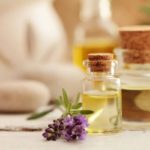 ESSENTIAL OILS: WELLNESS IN HOME
ESSENTIAL OILS: WELLNESS IN HOME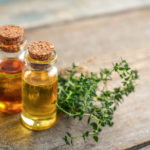 THYME ESSENTIAL OIL: USES AND PROPERTIES
THYME ESSENTIAL OIL: USES AND PROPERTIES AROMATHERAPY: HOW TO CHOOSE AN ESSENTIAL OIL
AROMATHERAPY: HOW TO CHOOSE AN ESSENTIAL OIL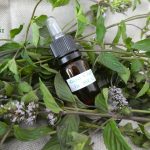 HOW TO DISTILL MINT
HOW TO DISTILL MINT AROMATHERAPY: HISTORY
AROMATHERAPY: HISTORY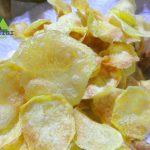 POTATO CHIPS WITH ROSEMARY AROMATIC WATER
POTATO CHIPS WITH ROSEMARY AROMATIC WATER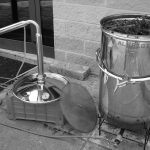 ROSEMARY ESSENTIAL OIL: CULTIVATION AND PRODUCTION
ROSEMARY ESSENTIAL OIL: CULTIVATION AND PRODUCTION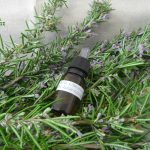 HOW TO DISTILL ROSEMARY
HOW TO DISTILL ROSEMARY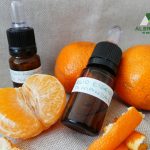 HOW TO DISTILL TANGERINE PEEL
HOW TO DISTILL TANGERINE PEEL NEEM OIL, FROM THE PLANT OF GOOD HEALTH
NEEM OIL, FROM THE PLANT OF GOOD HEALTH HERBAL TEAS, INFUSIONS AND DECOCTIONS: THE DIFFERENCES AND METHODS OF PREPARATION
HERBAL TEAS, INFUSIONS AND DECOCTIONS: THE DIFFERENCES AND METHODS OF PREPARATION HOW TO MAKE HOMEMADE ESSENTIAL OILS
HOW TO MAKE HOMEMADE ESSENTIAL OILS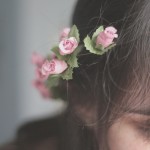 HEALTHY HAIR WITH AROMATIC PLANTS
HEALTHY HAIR WITH AROMATIC PLANTS THE GOOD NIGHT PLANTS
THE GOOD NIGHT PLANTS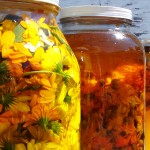 OLEOLITES: THE POWER OF HERBS IN OIL
OLEOLITES: THE POWER OF HERBS IN OIL ENFLEURAGE: ANCIENT TECHNIQUE TO EXTRACT ESSENCES FROM FLOWER PETALS
ENFLEURAGE: ANCIENT TECHNIQUE TO EXTRACT ESSENCES FROM FLOWER PETALS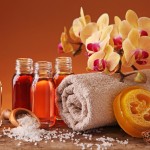 ESSENTIAL OILS AND ECOLOGICAL DETERGENTS FOR HOUSE CLEANING
ESSENTIAL OILS AND ECOLOGICAL DETERGENTS FOR HOUSE CLEANING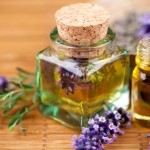 OIL FOR STRENGTHENING HAIR
OIL FOR STRENGTHENING HAIR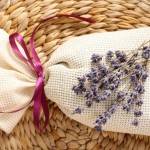 SCENTED BAGS WITH DRIED HERBS AND ESSENTIAL OILS
SCENTED BAGS WITH DRIED HERBS AND ESSENTIAL OILS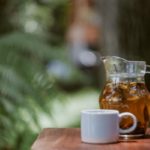 PURIFYING AND CLEANSING HERBAL TEAS DO-IT-YOURSELF
PURIFYING AND CLEANSING HERBAL TEAS DO-IT-YOURSELF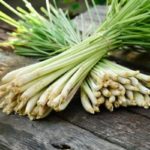 LEMONGRASS: ESSENTIAL OIL TO FIGHT TUMORS
LEMONGRASS: ESSENTIAL OIL TO FIGHT TUMORS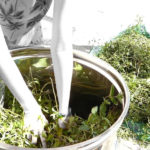 MINT ESSENTIAL OIL: CULTIVATION AND PRODUCTION
MINT ESSENTIAL OIL: CULTIVATION AND PRODUCTION CITRUS FRUITS AND ALZHEIMER’S DISEASE: NEW DISCOVERIES
CITRUS FRUITS AND ALZHEIMER’S DISEASE: NEW DISCOVERIES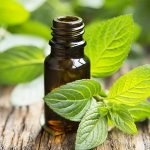 MINT ESSENTIAL OIL: USES AND PROPERTIES
MINT ESSENTIAL OIL: USES AND PROPERTIES